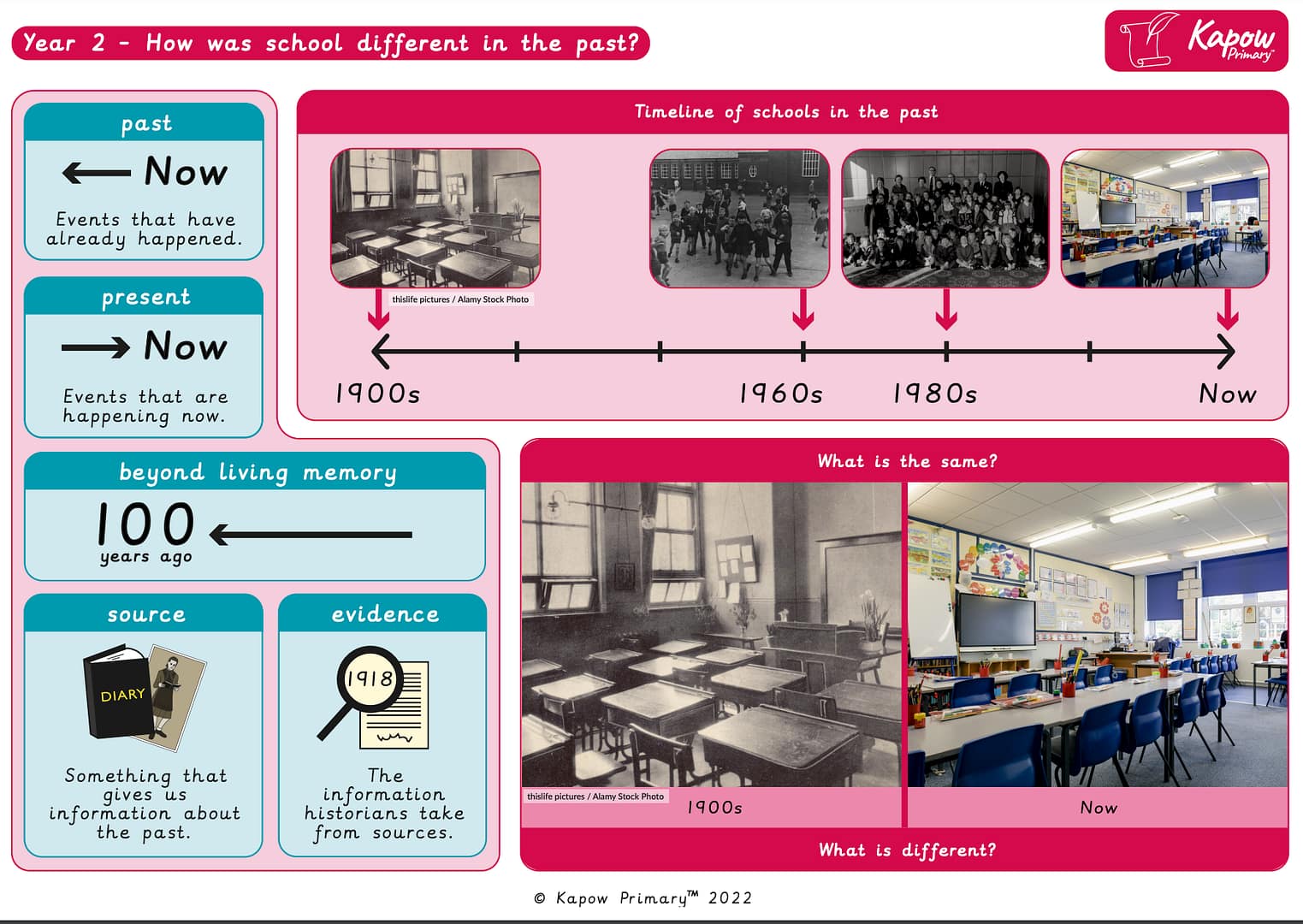
A Knowledge organiser that captures the essential knowledge and skills learnt throughout the mixed-age unit Science, Y1/2 (A), Forces and space: Seasonal changes.
This resource is designed to support the children as they explore seasonal changes throughout the year. It highlights key vocabulary and concepts, including the four seasons (spring, summer, autumn, and winter) and how daylight hours vary across them. The resource helps the children understand the sequence of months and how weather and natural environments change with the seasons. It is perfect for consolidating essential knowledge and fostering an early understanding of time, weather patterns and seasonal cycles.
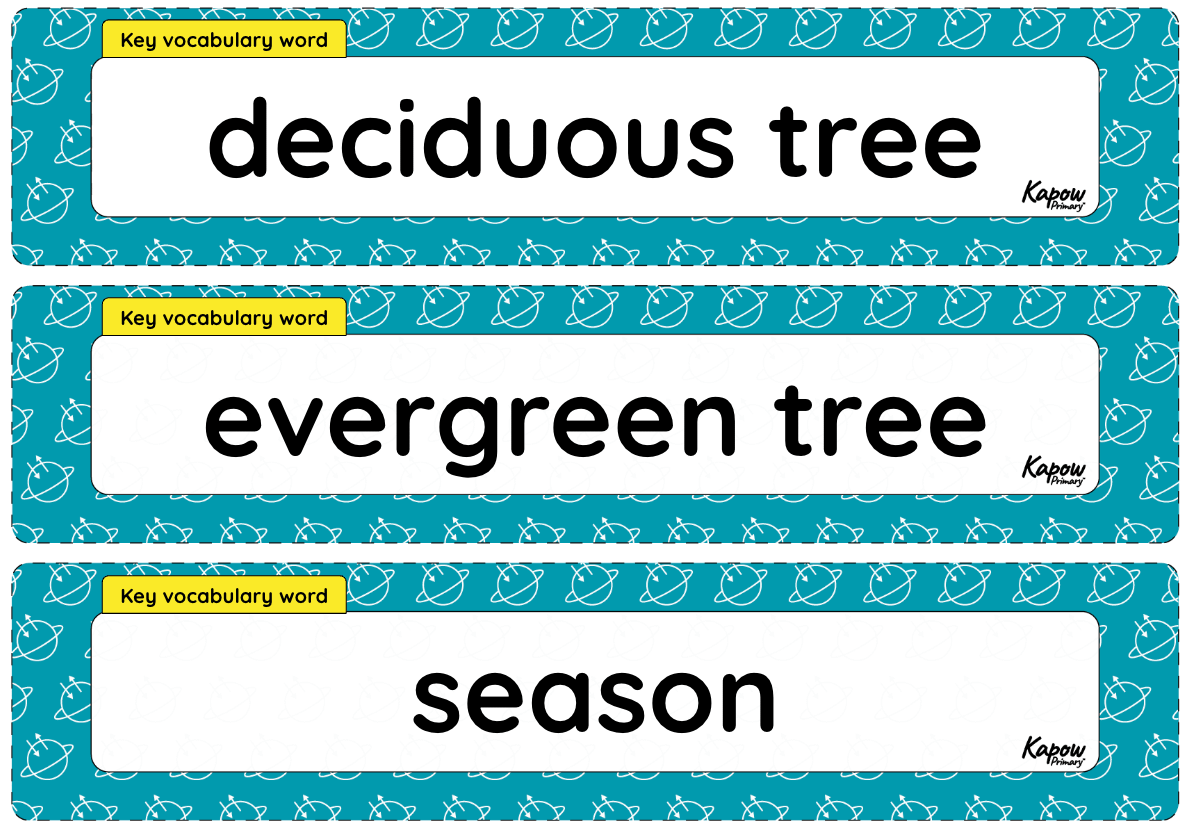
This unit vocabulary display includes key vocabulary from the mixed-age unit Science, Y1/2 (A), Forces and space; Seasonal changes and additional unit-specific words.
Key vocabulary is clearly labelled on the display, highlighting essential words that the pupils are expected to retain and reuse in future units. Understanding these words enhances comprehension of the subject and supports understanding of key scientific concepts and processes.
See the full Science: Progression of key vocabulary.
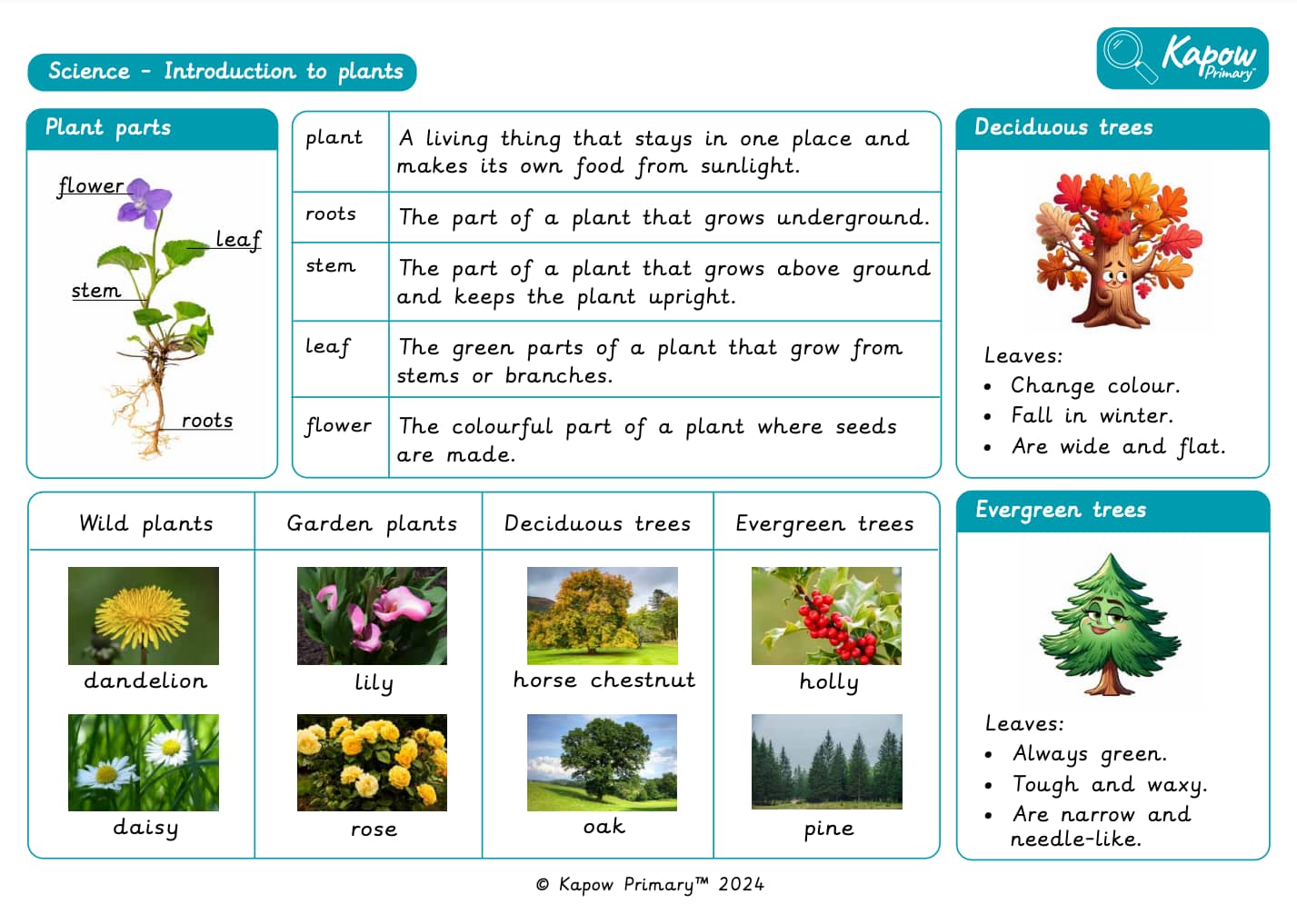
A Knowledge organiser that captures the essential knowledge and skills learnt throughout the mixed-age unit Science, Y1/2 (A): Plants: Introduction to plants unit.
This resource is designed to support the children as they are introduced to the fascinating world of plants. It highlights key vocabulary, plant parts and classifications, such as roots, stems, leaves and flowers, alongside examples of wild plants, garden plants, deciduous trees and evergreen trees. It is perfect for consolidating essential knowledge and fostering an early understanding of plant structure and diversity.
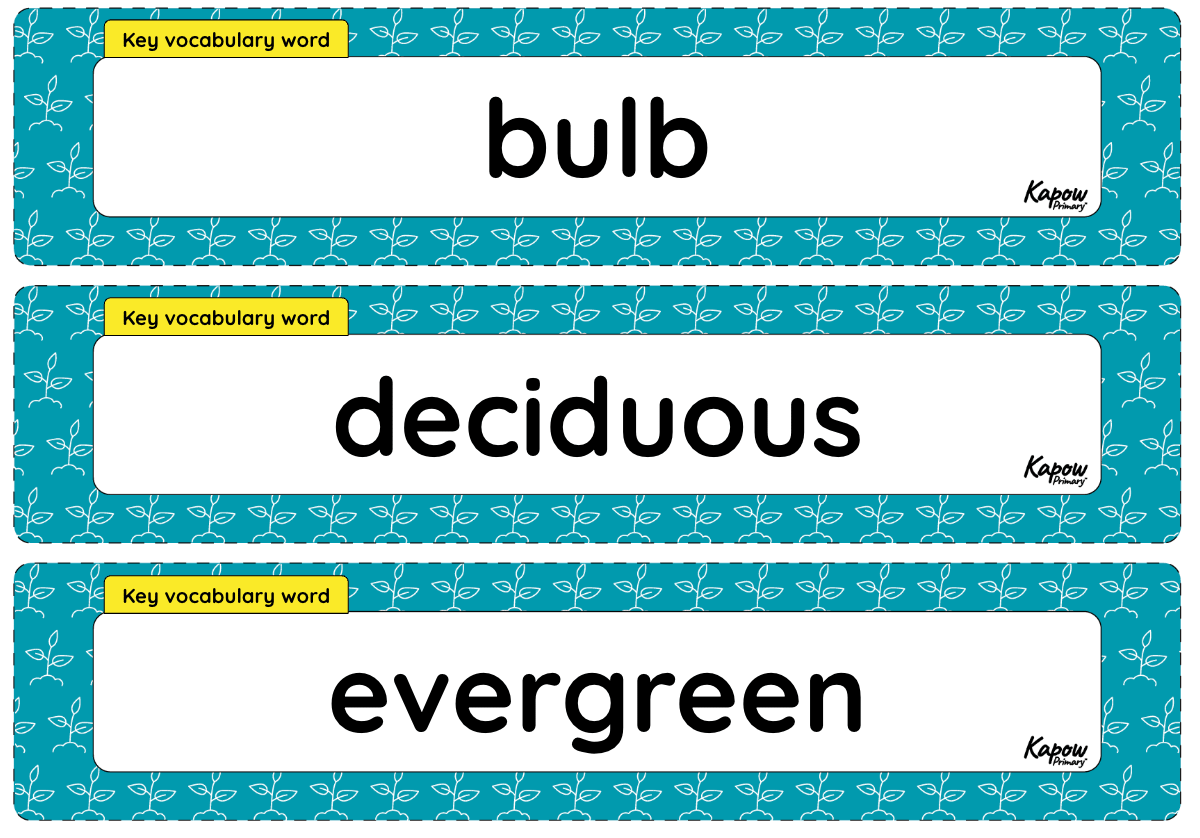
This unit vocabulary display includes key vocabulary from the mixed-age unit Science, Y1/2 (A): Plants: Introduction to plants unit and additional unit-specific words.
Key vocabulary is clearly labelled on the display, highlighting essential words that the pupils are expected to retain and reuse in future units. Understanding these words enhances comprehension of the subject and supports understanding of key scientific concepts and processes.
See the full Science: Progression of key vocabulary.
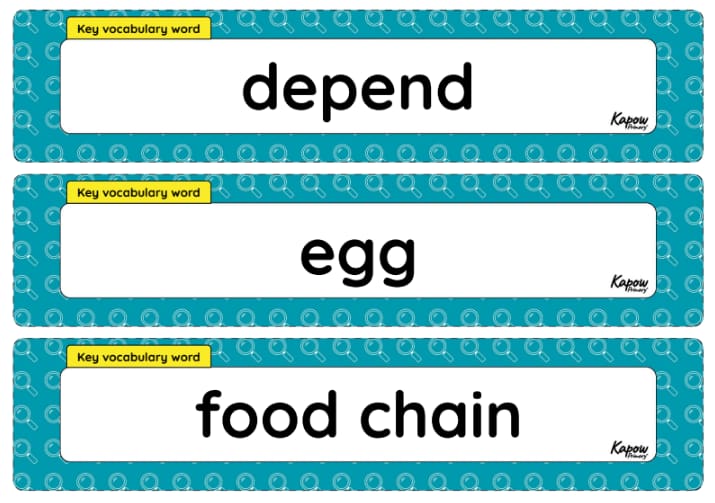
This unit vocabulary display includes keywords from the mixed-age unit Science, Y1/2 (A), Making connections: Ocean protectors and additional unit-specific words that may be helpful in a display.
Key vocabulary is clearly labelled on the display, highlighting essential words that the pupils are expected to retain and reuse in future units. Understanding these words enhances comprehension of the subject and supports understanding of key scientific concepts and processes.
See the full Science: Progression of key vocabulary.
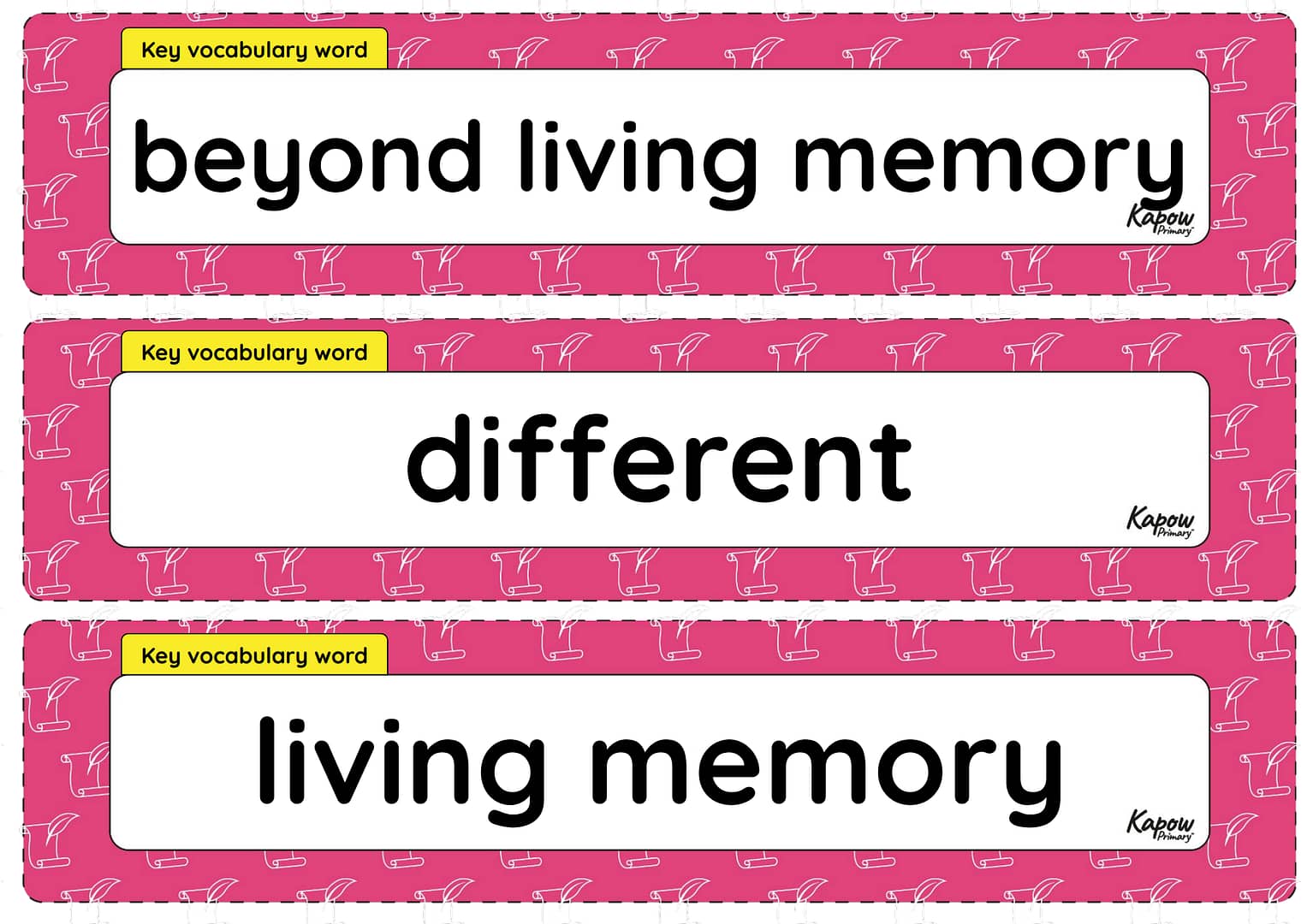
This unit vocabulary display includes keywords from the mixed-age unit History, Year 1/2, How was school different in the past? and additional unit-specific words that may be helpful in a display.
Key vocabulary is clearly labelled on the display, highlighting essential words that the pupils are expected to retain and reuse in future units. Understanding these words enhances comprehension of the subject and supports understanding of key knowledge and skills..
See the full History: Progression of key vocabulary.
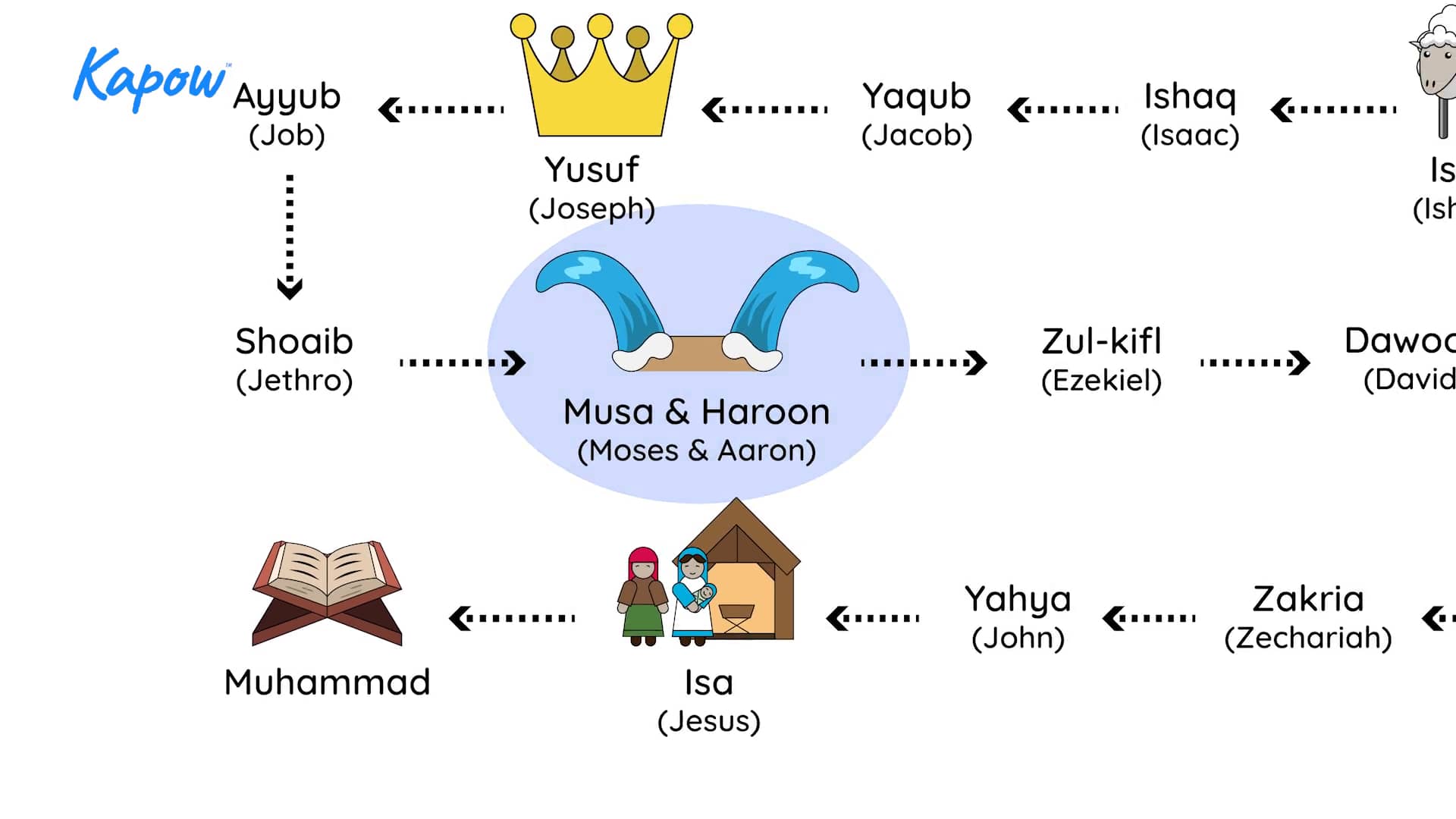
This Religion and worldviews video introduces teachers to key content in Lesson 4 of the unit Religion and Worldviews, Year 2, What is a prophet?. It explores how Muhammad is viewed in the Muslim worldview as the final prophet and messenger of God.
The video explains important concepts such as the role of prophets and messengers, the significance of the Shahadah, the revelation of the Qur’an, and the story of the Night Journey. It also highlights how Muhammad’s teachings continue to guide many Muslims today.
This video supports teacher confidence by clearly presenting beliefs within the Muslim worldview, helping teachers lead thoughtful and respectful discussions with their class.
Religion and worldviews, Year 2, What is a prophet? Lesson 4: How do we know that Muhammad was the last prophet in the Muslim worldview?

This Religion and worldviews video supports teachers delivering the mixed-age Religion and Worldviews, Year 1/2, What is a prophet? unit. It outlines key learning for the unit, including how children explore the idea of prophets and their significance within the Jewish, Christian, Muslim and Sikh worldviews.
The video explores how children will engage with stories, scripture and personal accounts to consider what makes someone a prophet and why they may be important to some people today. It highlights the disciplinary and conceptual knowledge taught across the unit and offers guidance for addressing common misconceptions and encouraging respectful discussion.
This video breaks down important concepts, helping teachers feel prepared and confident to support children in exploring diverse beliefs and worldviews.







